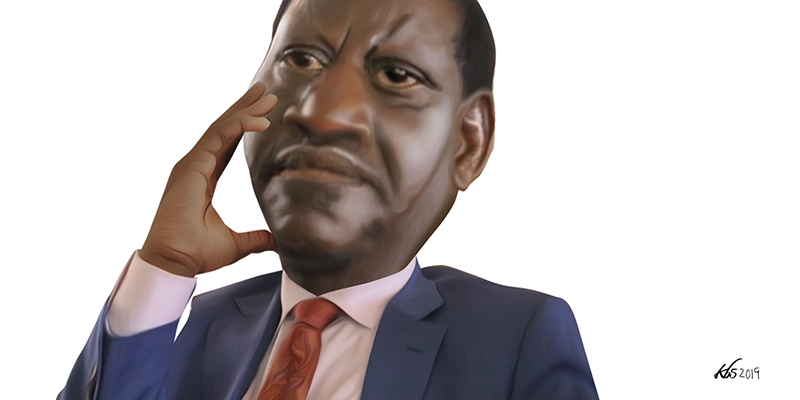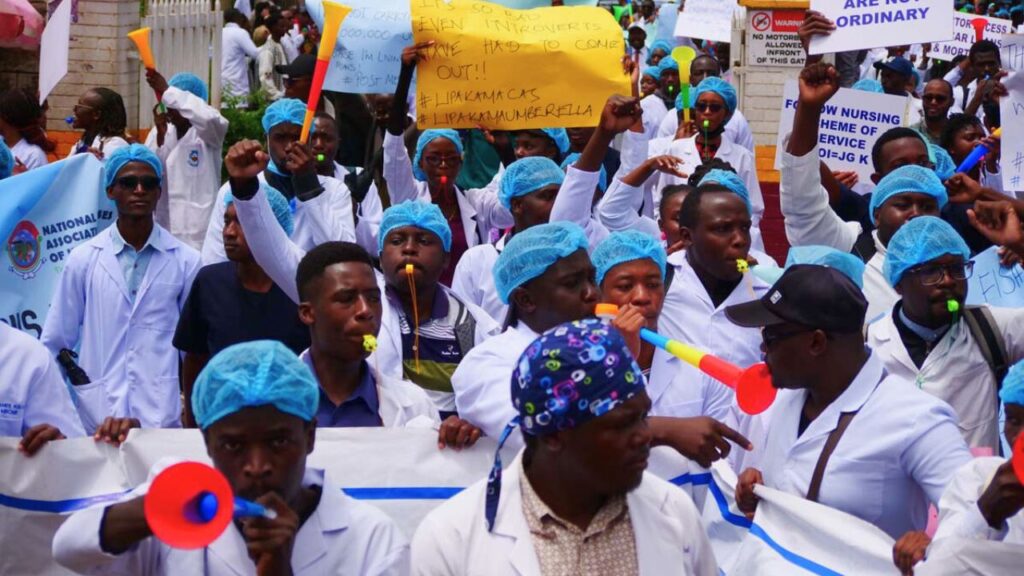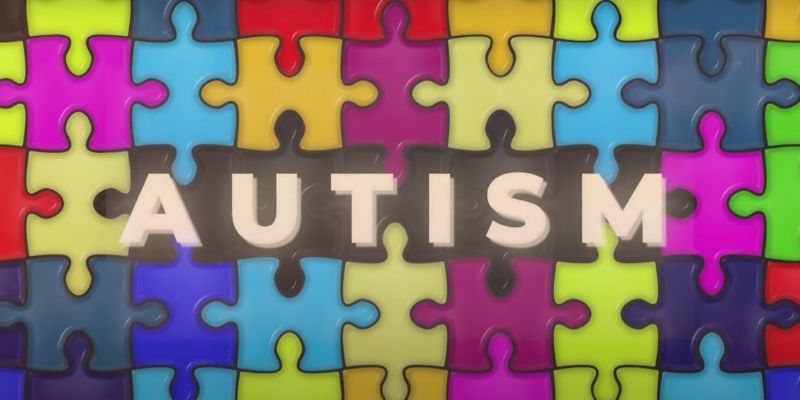The Original sin
A seasoned Nairobi politician, Timothy Wanyonyi had cut a niche for himself in the Nairobi governor’s race that was filled with a dozen candidates who had up to that point not quite captured the imagination of Nairobians. Some candidates were facing questions over their academic qualifications while others were without a well-defined public profile. In that field Wanyonyi, an experienced Nairobi politician, stood out. On 19th April, the Westlands MP’s campaign team was canvasing for him in Kawangware. They had sent pictures and videos to news teams seeking coverage. But that evening their candidate would receive a phone call to attend a meeting at State House Nairobi that would put an end to his campaign. Before Tim made his way to State House, insiders around President Uhuru Kenyatta told reporters that Wanyonyi was out of the Nairobi governor’s race.
Wanyonyi’s rallying call “Si Mimi, ni Sisi”—a spin on US Senator Bernie Sanders’ “Not me. Us” 2020 presidential campaign slogan—distinguished him as a candidate who understood the anxieties of Nairobians. “They were looking for someone who would see the city as a home first, before seeing it as a business centre,” one of his political consultants told me. But the Azimio coalition to which Wanyonyi’s ODM party belonged was very broad, with several centres of power that didn’t take into account—or maybe didn’t care about— Nairobi’s political landscape. Wanyonyi’s candidacy was hastily sacrificed at the altar of the coalition’s politics. Former President Uhuru Kenyatta, the coalition’s chairman, had prevailed on Raila Odinga, its presidential candidate, to essentially leave Nairobi to Kenyatta’s Jubilee Party in exchange for ODM picking the presidential candidate.
That was the only consideration on the table.
However, it was a miscalculation by the coalition. Azimio failed to appreciate the complex matrix that is a presidential election in Kenya. While the top ticket affects the races downstream, it can be argued that the reverse is also true. It is ironic that Raila Odinga, a power broker and a master of coalition building who was running for presidency for the fifth time, was choosing to ignore these principles. His own ascension in politics had been based on building a machine—ODM—that he used carefully during every election cycle. Yet in this election he was killing his own party and brand. The Azimio La Umoja coalition party was built as a party of parties that would be the vehicle Raila would use to contest the presidency. However, the constituent parties were free to sponsor parliamentary candidates. It sounded like a good idea on paper but it created friction as the parties found themselves in competition everywhere. To keep Azimio from fracturing both itself and its votes, the idea of “zoning”—having weaker candidates step down for stronger ones, essentially carving out exclusive zones for parties—gained traction, and would itself lead to major fall-outs, even after it was adopted as official Azimio policy in June.
However, beyond the zoning controversy, Wanyonyi’s candidacy served as a marker for a key block of Odinga voters—the Luhya—assuring them of their place within the Azimio coalition. Luhya voters have been Odinga’s insurance policy during his last three presidential runs. With Nyanza and the four western Kenya counties of Kakamega, Bungoma, Vihiga and Busia in his back pocket, he would be free to pick up other regions. Odinga claimed 71 per cent of the Luhya bloc in 2017 but this time, western voters were feeling jittery about the new political arrangements.
There is also another consideration. The Luhya voting bloc in Nairobi is also significant, and Odinga had carried the capital in his previous three presidential runs. The Nairobi electoral map is largely organized around five big groups: the Kikuyu, Luo, Luhya, Kamba, and Kisii. For the ODM party, having a combination of a Luo-Luhya voting bloc in Nairobi has enabled Odinga to take the city and to be a force to reckon with.
However, it appeared that all these factors were of no importance in 2022. So, Tim Wanyonyi was forced out of the race. He protested. Or attempted to. Western Kenya voters were furious, but who cared?
Miscalculation
The morning after the State House meeting, a group calling themselves Luhya professionals had strong words for both Odinga and Azimio.
“We refuse to be used as a ladder for other political expediencies whenever there is an election,” Philip Kisia, who was the chairman of this loose “professional group” said during a press conference that paraded the faces of political players from the Luhya community. The community had “irreducible minimum” and would not allow itself to “to be used again this time.” Other speakers at that press conference—including ODM Secretary General Edwin Sifuna—laid claim to what they called the place of the Luhya community in Nairobi. The political relationship between Luhyas and Luos has not been without tensions; in the aftermath of the opposition’s unravelling in the 90s, Michael Kijana Wamalwa and Raila Odinga fought for supremacy within the Ford Kenya party. Wamalwa believed the throne left by Jaramogi Oginga Odinga was his for the taking. However, Odinga’s son, Raila, mounted a challenge for the control of the party, eventually leaving Ford Kenya to build his own party, the National Development Party (NDP). The Luhya-Luo relationship was broken. Luhya sentiment was that, having been faithful to Odinga’s father, it was time for Wamalwa to lead the opposition.
These old political wounds have flared up during every election cycle, and Raila Odinga has worked for decades to reassure the voting bloc and bury the hatchet. This time, however, he was different. He didn’t seem to care about those fragile egos. After the press conference, a strategist in Odinga’s camp wondered aloud, “Who will they [Luhyas] vote for?”
The next 21 days were to be pivotal for Kenya’s presidential election. Azimio moved on and introduced Polycarp Igathe as their candidate for Nairobi. A former deputy governor in Nairobi who had quit just months after taking office, Igathe is well known for his C-suite jobs and intimate links to the Kenyan political elite. His selection, though, played perfectly into the rival Kenya Kwanza coalition’s “hustlers vs dynasties” narrative which sought to frame the 2022 elections as a contest between the political families that have dominated Kenya’s politics and economy since independence. The sons of a former vice president and president respectively, Odinga and Uhuru were branded as dynasties while the then deputy president claimed for himself the title of “hustler”.
These old political wounds have flared up during every election cycle, and Raila Odinga has worked for decades to reassure the voting bloc and bury the hatchet.
But, William Ruto’s side also saw something else in that moment—an opportunity to get a chunk of the important Luhya vote. Ruto first entered into a coalition with Musalia Mudavadi, selling their alliance as a “partnership of equals”, and then followed that up with the offer of a Luhya gubernatorial candidate to Nairobians in the name of Senator Johnson Koskei Sakaja.
Meanwhile, Wanyonyi’s half-brother, the current Speaker of the National Assembly, Moses Wetangula, was a principle in Ruto’s camp. Up to this point, Wetangula had struggled to find a coherent message to sell Ruto’s candidacy to the Luhya nation. But, with his brother being shafted by Azimio, Wetangula saw a political opening; he quickly called a press conference and complained bitterly about the “unfair Odinga” whom he said the Luhya community would not support for “denying their son a ticket to run for the seat of the governor of Nairobi”. His press conference went almost unnoticed and it is not even clear if Azimio took notice of the political significance of Wetangula’s protestations.
Azimio had offered their opponents an inroad into western Kenya politics and Ruto wasted little time trying turn a key Odinga voting bloc. With Sakaja confirmed as the Kenya Kwanza candidate for the Nairobi governor’s race, Wetangula and Kenya Kwanza made Western Kenya a centrepiece of their path to presidency. Tim Wanyonyi was presented as a martyr. The Ford Kenya leader took to all the radio stations, taking calls or sending emissaries, to declare Odinga’s betrayal. In the days and weeks that followed, William Ruto would make a dozen more visits to Luhyaland than his rival, assuring the voters that there would be a central place reserved for them in his administration. In contrast, on a visit to western Kenya, Raila Odinga expressed anger that an opinion poll had shown him trailing Ruto in Bungoma. “He is at nearly 60 per cent and I am at 40 per cent. Shame on you people! Shame on you people! Shame on you!” he told the crowd. He would eventually lose Bungoma and Trans Nzoia to William Ruto.
To be sure, Odinga won western Kenya with 55 per cent of the vote, but William Ruto had 45 per cent, enough to light his path to the presidency. He would repeat the same feat in Nairobi and coast regions, traditionally Odinga strongholds where he would have expected to bag upwards of 60 per cent of the vote. Azimio modelling had put these regions in Raila’s column but Kenya Kwanza took advantage of the mistake-prone Odinga. And wherever Odinga blundered, Ruto mopped up. As Speaker, Wetangula is today the third most powerful man in in the country. Yet just four years ago, he was an Odinga ally who had been stripped off his duties as a minority leader in the Senate by Odinga’s ODM party. At the time he warned that the divorce “would be messy, it would be noisy, it would be unhelpful, it would not be easy, it would have casualties”. It was the first of many political blunders that Odinga would make.
Unforced errors
Looking back, Odinga’s 2022 run for the presidency had all the hallmarks of a campaign that didn’t know what it didn’t know; it was filled with assumptions, and sometimes made the wrong judgment calls. By handing over his backyard to Ruto and choosing to ally with President Uhuru Kenyatta, Raila ended up being branded a “state project”.
In 2005, Odinga had used the momentum generated by his successful campaign in a referendum against Mwai Kibaki’s attempt to foist on the country a bastardized version of the constitution negotiated in Bomas to launch early campaigns for his 2007 presidential run. However, this time, as the courts hamstrung his attempt to launch the BBI referendum, Ruto was already off to the races, having begun his presidential campaign three years early.
“He is at nearly 60 per cent and I am at 40 per cent. Shame on you people! Shame on you people! Shame on you!”
With the rejection of constitutional changes, which were found to be deeply unpopular among many Kenyans, Odinga was finally in a strange place, a politician now out of touch, defending an unpopular government, a stranger to his own political base. The failure of BBI as a political tool was really the consequence of Odinga’s and Kenyatta’s inability to understand the ever-changing Kenyan political landscape. Numerous times they just seemed to not know how to deal with the dynamism of William Ruto. He would shape-shift, change the national conversation, and nothing they threw at him seemed to stick, including, corruption allegations. For a politician who created the branding of opponents as his tool, Odinga had finally been branded and it stuck.
Bow out
In the final day of the campaigns, both camps chose Nairobi to make their final submissions. Azimio chose Kasarani stadium. It was, as expected, full of colour, with a Tanzanian celebrity musician, Diamond Platnumz, brought in to boot. Supporters were treated to rushed speeches by politicians who had somewhere else to be. Azimio concluded its final submission early and the speeches by Odinga and his running mate, Martha Karua, weren’t exactly a rallying call. It was as if they were happy to be put out of their pain as they quickly stepped off the stage and left the stadium. In contrast, Ruto’s final submission was filled with speeches of fury by politicians angered by “state capture” and the “failing economy”. Speaker after speaker roused the audience with their defiant messages. They ended the meeting an hour before the end of IEBC campaign deadline. A video soon appeared online of William Ruto sprinting across the Wilson airport runway to catch a chopper and make it to one final rally in central Kenya before the IEBC’s 6 p.m. campaign deadline.
Pictures of the deputy president on top of a car at dusk in markets in Kiambu were the last images of his campaign to be shared on social media. Ruto won because he wanted the presidency more than Odinga and was willing to work twice as hard as both Odinga and Kenyatta.








